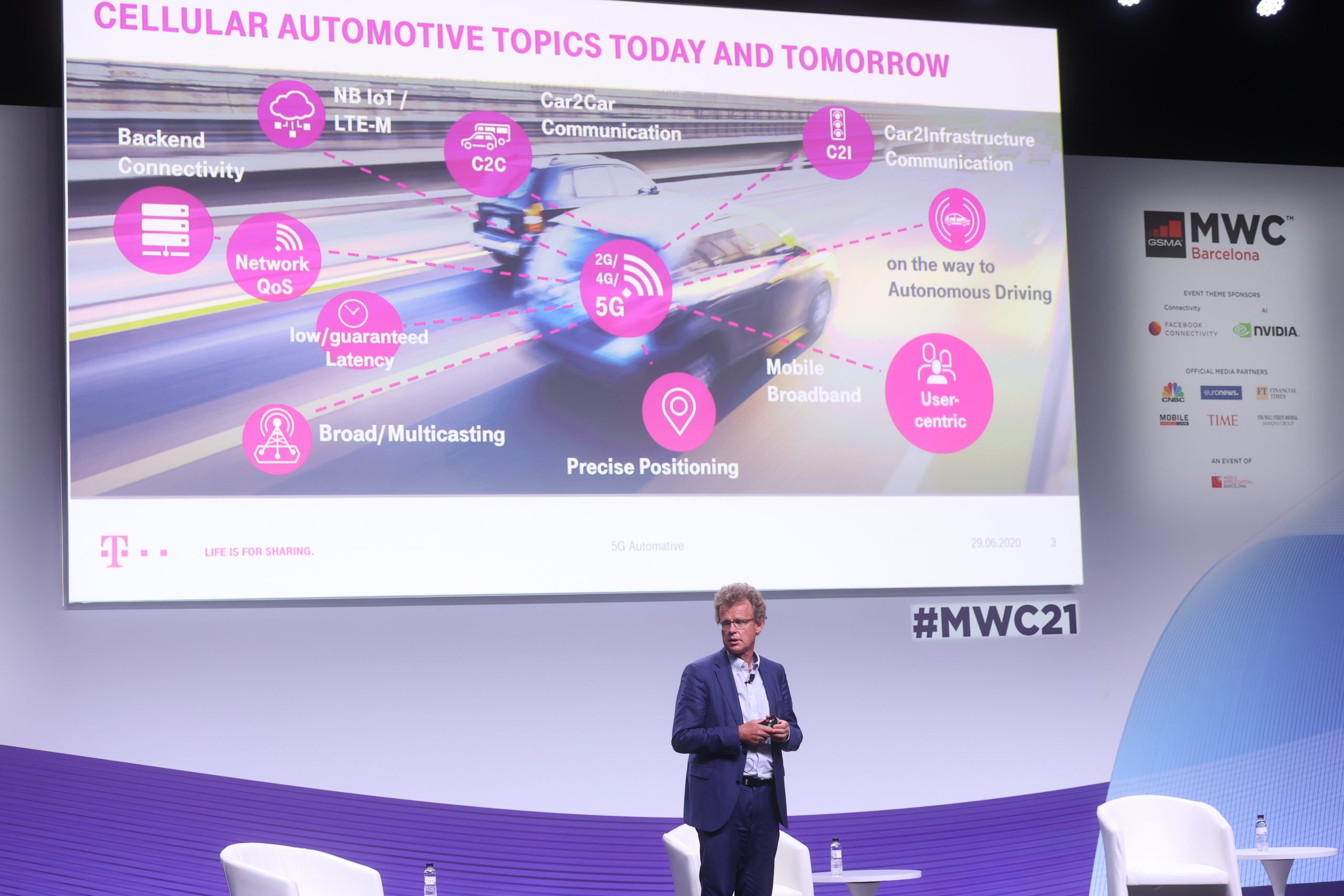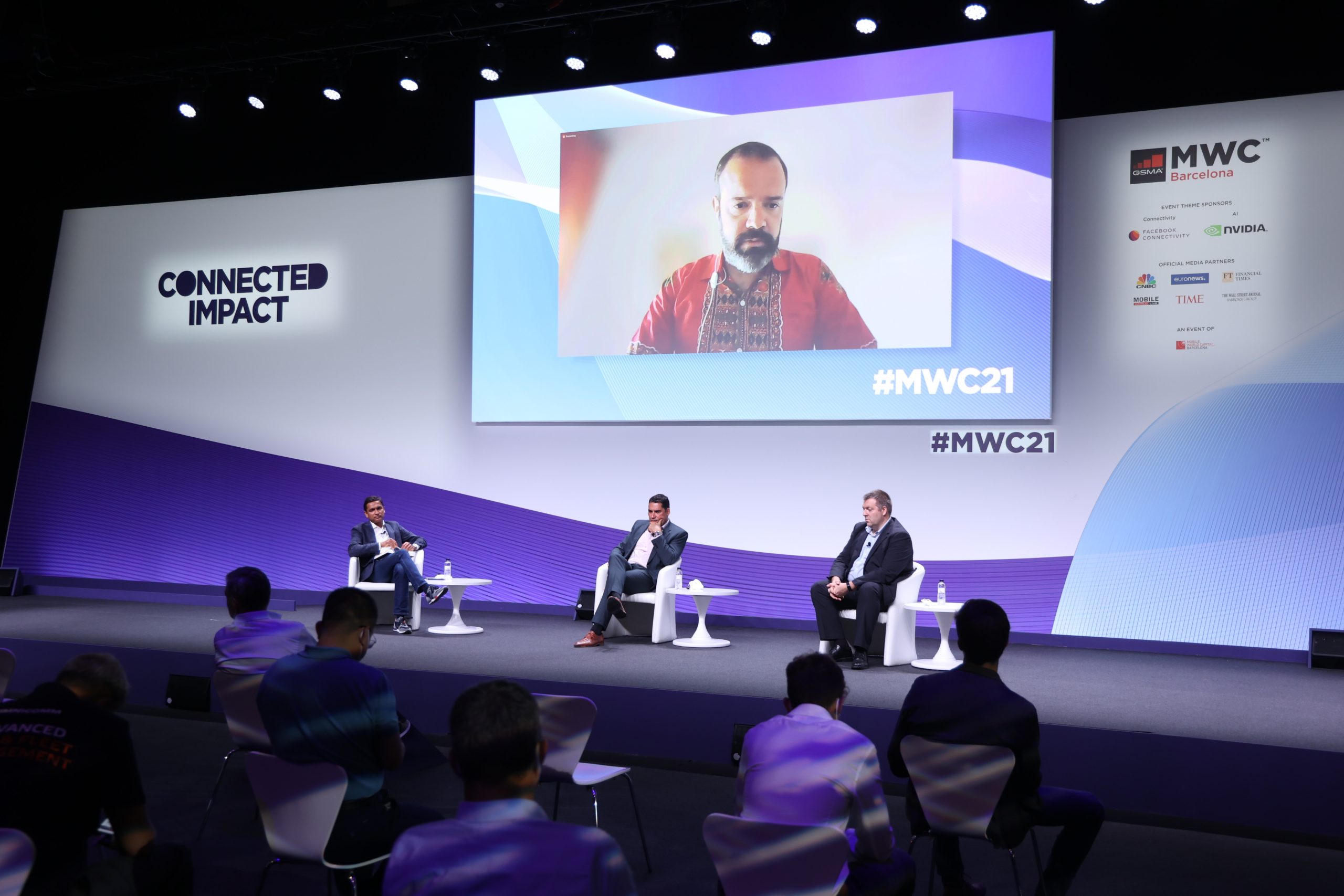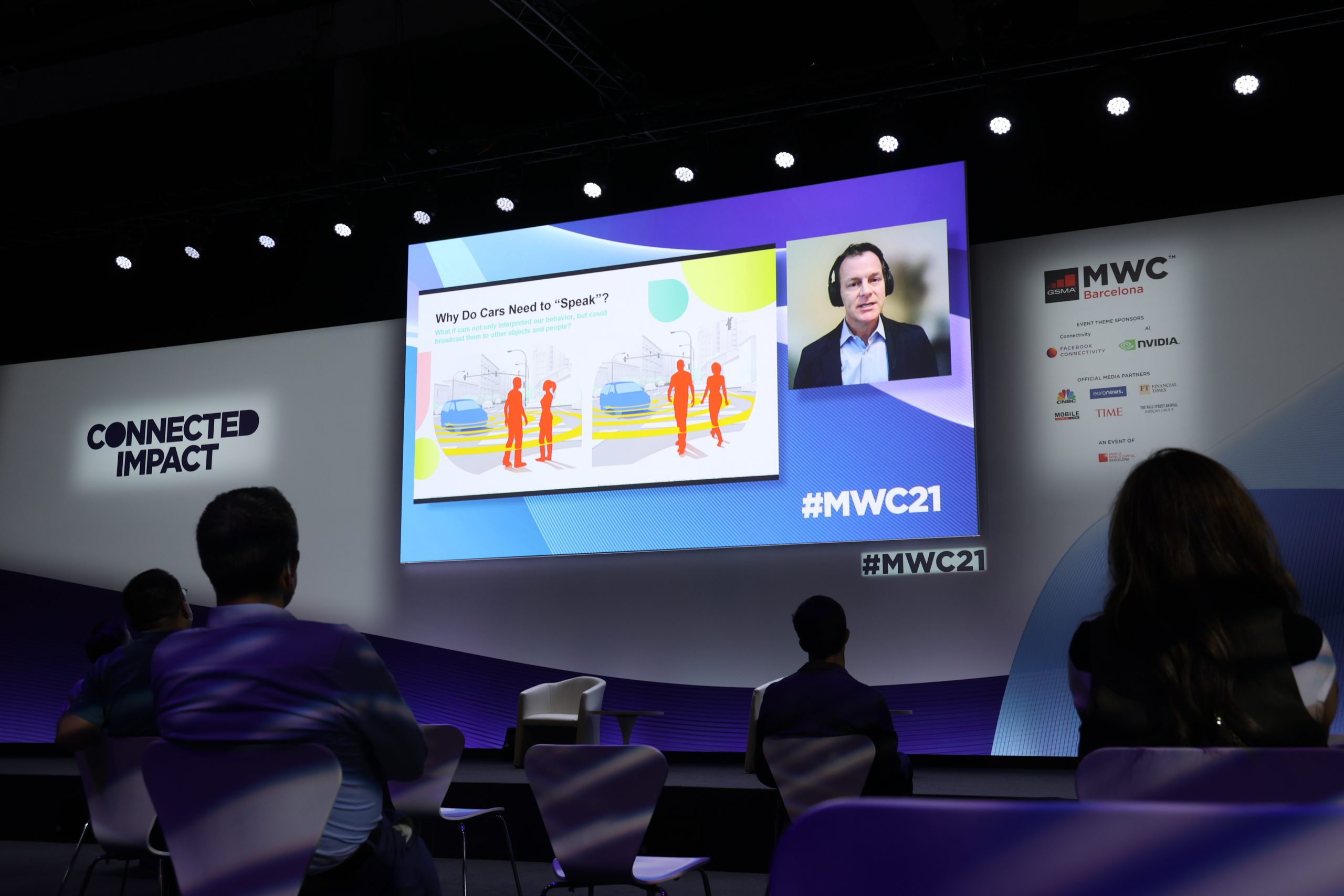Of all the developing technologies in the Internet of Things, few stir the mobile industry and popular imagination more than the connected car. And not without good reason – IoT enhancements are increasingly standard in new vehicles, making such features as infotainment, diagnostics and external sensors now more an expectation than luxury. Momentum behind this market has steadily been growing in recent years: in 2020 it was valued at $54 billion, and will more than triple to $166 billion by 2025. The rapid pace with which the mobile and auto industries have aligned on technologies and standards has moved conversations a long way from the capabilities of individual vehicles and shifted focus on to how they interact via mobile networks with the modern, connected environment – commonly referred to as Cellular Vehicle-to-Everything (C-V2X).
“It’s not just about the vehicle, but about how to integrate it with the infrastructure, and how to make the road infrastructure smart,” explained Johannes Springer, Lead of the 5G Automotive Program at Deutsche Telekom, speaking at MWC21’s Automotive and Mobility 5G Conference. This statement was a telling indicator of how much broader discussions on the future of the automotive industry have become. And necessarily so – the introduction of LPWA and LTE connectivity into vehicles, combined with a greater understanding of the capabilities of 5G, has prompted experts to think more ambitiously about the potential connected technologies can bring to our roads. Speaking at the same event, Richard Cockle, Global Head of Identity, IoT and Big Data at the GSMA predicted that, by 2025, we can expect such technologies to help reduce road accidents by 260,000 and CO2 emissions by 400,000 tonnes each year.

Inroads are already being made here through existing technologies, according to Abel Carbonell, Head of the Electronics at Applus IDIADA, and aforementioned mobile connectivity has already been used to great effect in supporting the deployment of a number of new applications of C-V2X. For example, connecting traffic lights to mobile in Barcelona has helped the city alleviate traffic congestion, and as Mr. Carbonell pointed out, technological progress has, for the first time, enabled agreement between the 7 major truck OEMs in Europe, making it possible for all trucks to communicate with each other across the continent, regardless of who manufactured them.
Such agreements – and the technologies that help form them – are the building blocks of a cooperative intelligent transportation system (C-ITS) where freight, personal vehicles and public transport all communicate with each other to minimise risk and energy expenditure. As Director of Technology Partnerships Development at Sierra Wireless, Nicholas Damour explained metropolitan authorities can also play a part in “kitting together the fabric of an ITS by providing APIs based on several service suppliers so the cars can interact with those systems and then from inside the car the driver can then figure out where there are parking possibilities.”

The dawn of truly intelligent road transport networks however, will come with the sweeping technological advancements made possible by fifth generation mobile networks. Here two significant breakthroughs will enable a raft of new applications and services. As stressed by Deutsche Telekom’s Johannes Springer, network slicing – which, after years of development in the sector, is “coming online in a matter of months”, will provide predictable, end-to-end quality of service for the customer and the various use cases and functions within the car.
A further innovation enabled by 5G is edge computing which, according to Harman International’s Head of Business Development – Connected Infrastructure Spencer Rosen, will be pivotal in how cars communicate and minimise risk. “The way in which cars communicate today and how they will in the future is like comparing morse code to a great improvisational comedian: one is slow, binary structured and reactive, the other processes huge amounts of data to make real time dynamic decisions.” This is in part because vehicles are evolving not just to speak to each other, but instead will have multi-party conversations with everything around them. Scaling C-V2X, he suggested, requires ultra-low latency and thus “we need a hybrid combination of physical roadside units and an innovation called virtual roadside units. These virtual roadside units reside in multi-access edge computing cloud platforms. Bringing this computing to the edge and harnessing the power of 5G will enable virtual roadside units to act in place of their physical counterparts when it is not practical to build them. “This system,” he surmised, “will not only save lives but create more loyal subscribers.”

As mobile technology advances, it is becoming increasingly possible to unite the mobile industry, auto sector and public authorities to help build the basis for truly cooperative intelligent transport systems. MWC Barcelona revealed not only how these three segments have, to a large degree, been successful in identifying and prioritising the common challenges, but recognising the technology needed to overcome them. Where previously practical developments had been held at a crossroads, ongoing innovation, collaboration and the imminent deployment of a range of new technologies now mean that safer, greener, more intelligent transport is within touching distance. If you are interested in learning more about connected vehicles and C-V2X, please visit https://www.gsma.com/iot/automotive/
